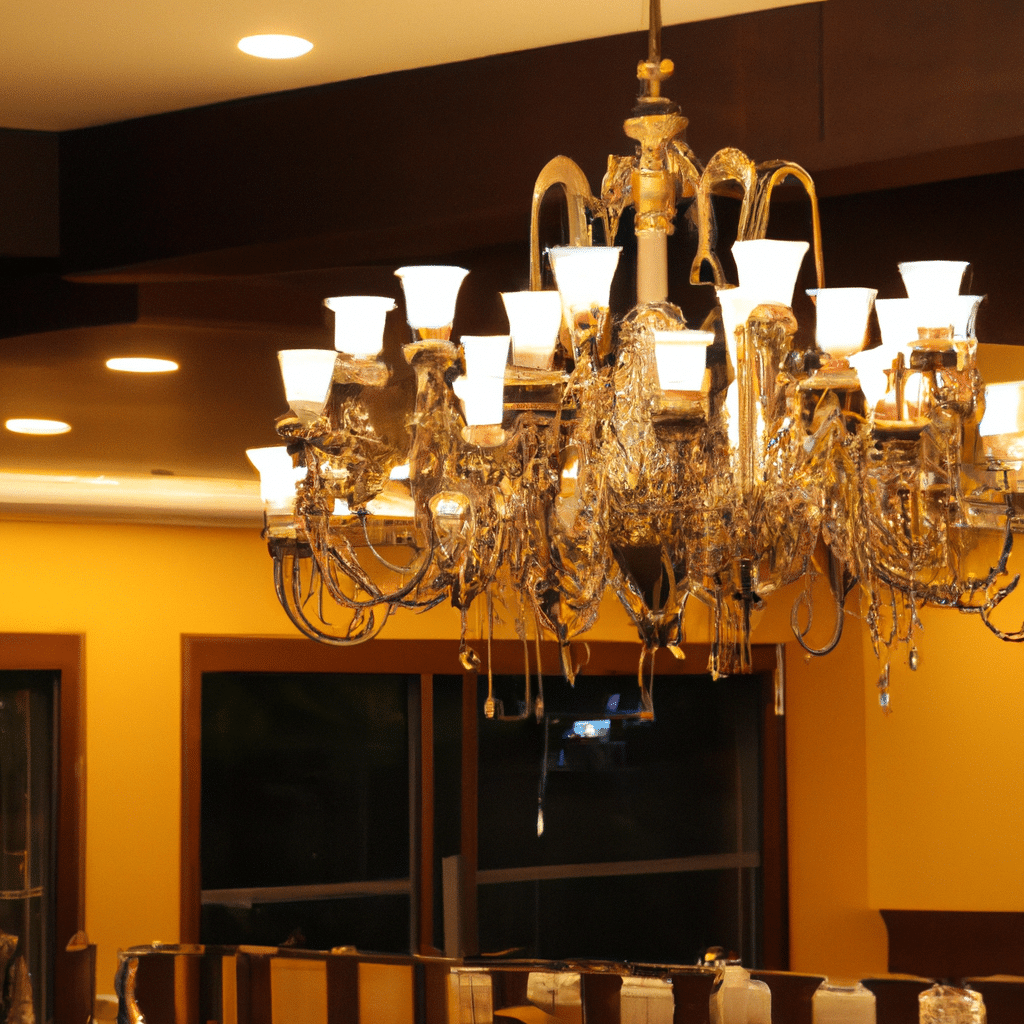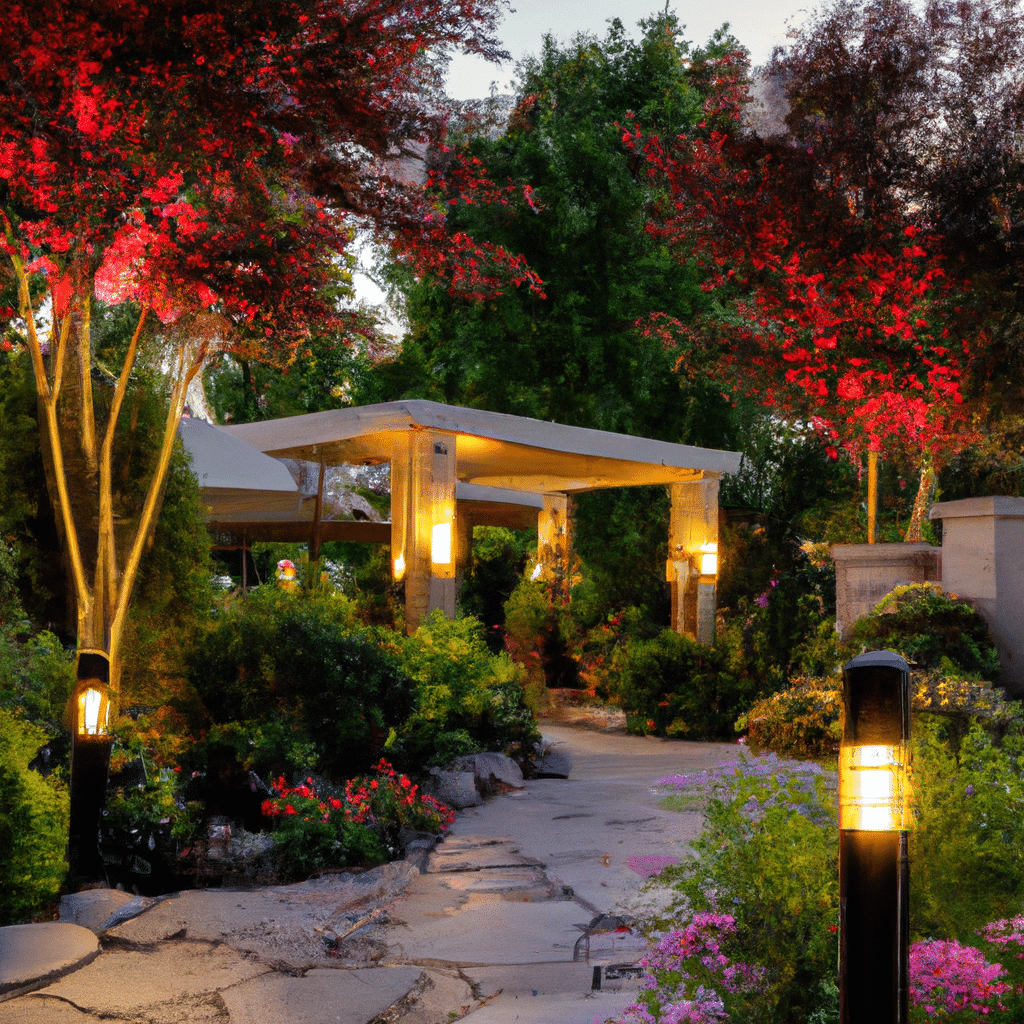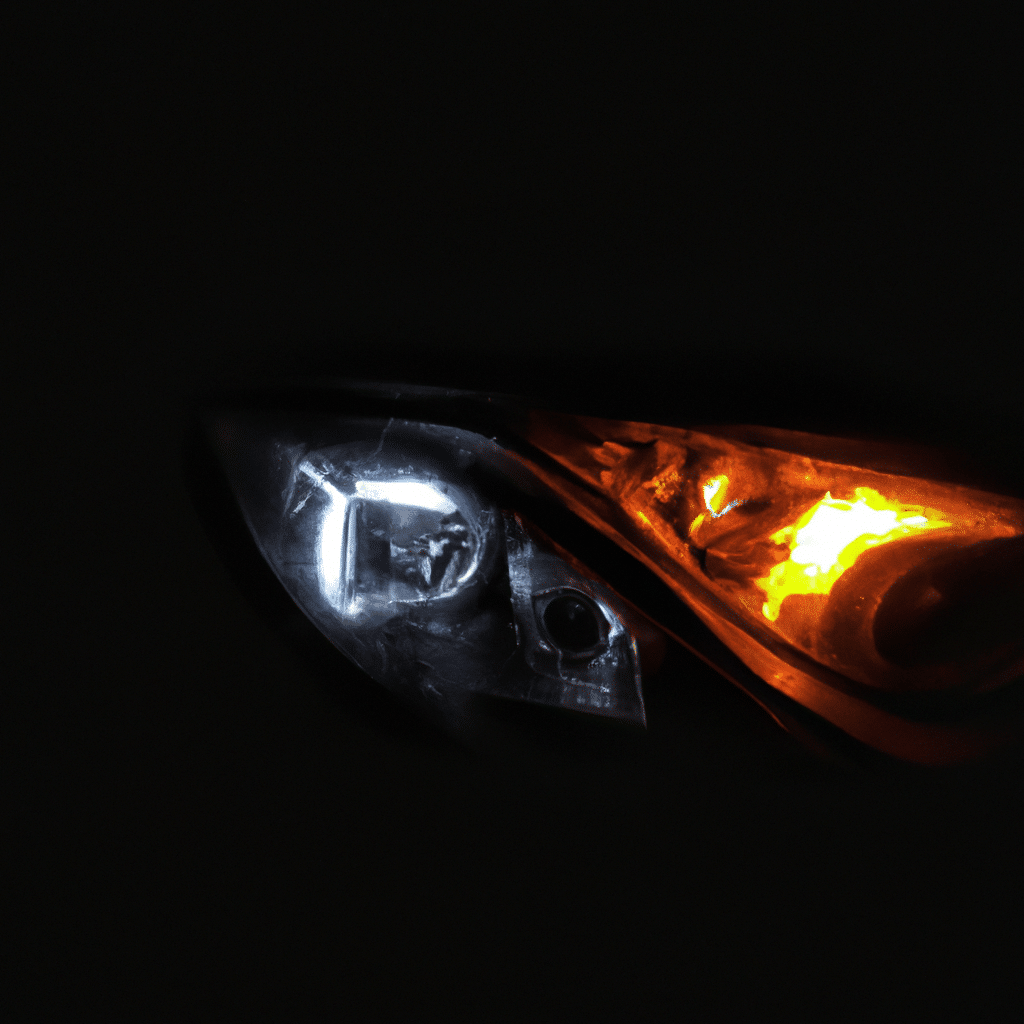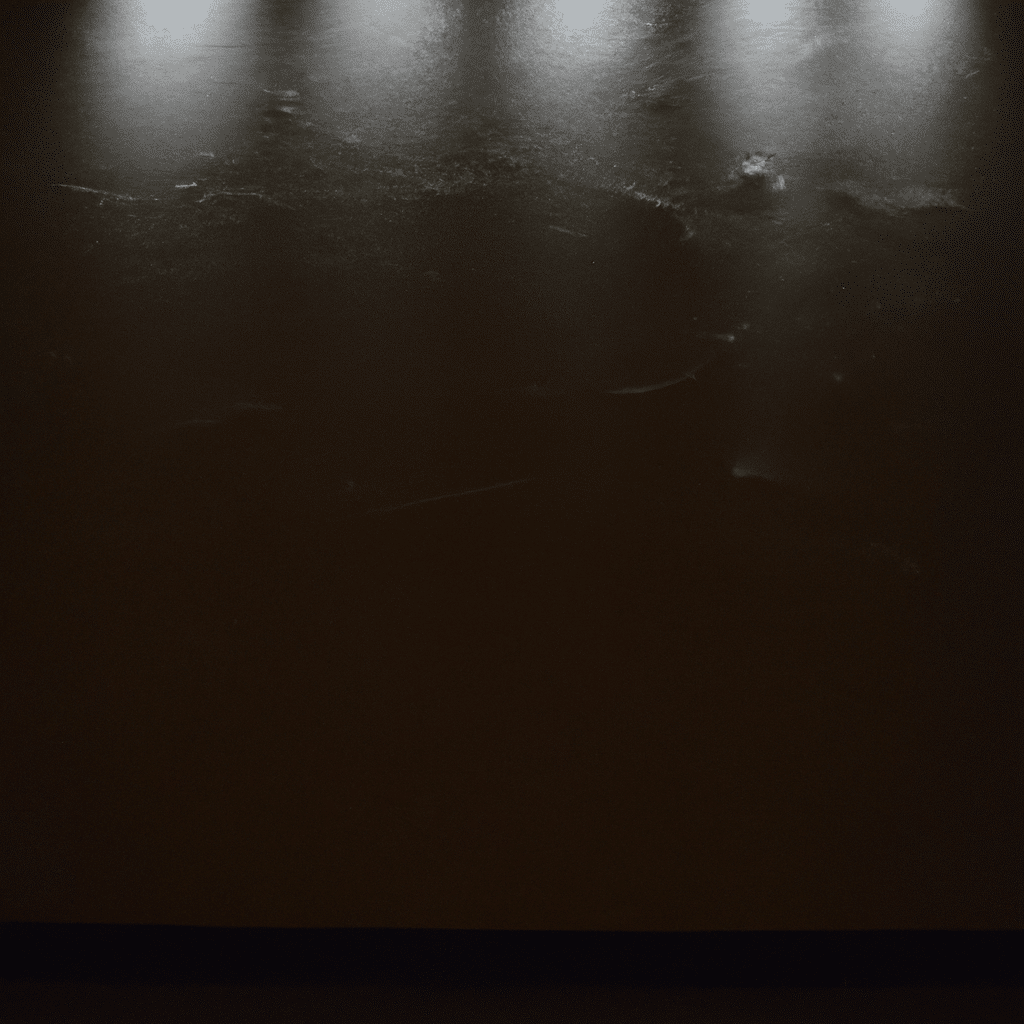
In today’s fast-paced world, technology is constantly evolving, and lighting is no exception. The rise of LED (Light-Emitting Diode) technology has revolutionized the lighting industry, offering numerous benefits such as energy efficiency, longer lifespan, and versatility. However, one common challenge that many individuals and businesses face when transitioning to LED lighting is compatibility with existing fixtures.
Understanding the Compatibility Dilemma
LED lights come in various shapes, sizes, and designs, making it challenging to ensure compatibility with existing fixtures. Traditional lighting fixtures, such as incandescent or fluorescent, were not designed with LED technology in mind. This creates a compatibility dilemma, as LED lights require specific conditions to function optimally.
The Importance of Compatibility
Ensuring compatibility between LED lights and existing fixtures is crucial for several reasons. First, it allows for a smooth transition from traditional lighting to LED technology, saving time and effort. Second, compatibility ensures optimal performance, maximizing the benefits of LED lighting, such as energy savings and longevity. Finally, it prevents potential safety hazards or damage to both the LED lights and the existing fixtures.
Factors to Consider for LED Compatibility
To overcome the compatibility dilemma, it is essential to consider several factors before purchasing and installing LED lights. By focusing on these key aspects, you can ensure a successful transition and avoid any complications along the way.
Voltage and Power Requirements
One of the primary considerations is the voltage and power requirements of your existing fixtures. LED lights operate at lower voltage levels compared to traditional lighting options. Therefore, it is crucial to determine if your fixtures are compatible with the lower voltage range of LED lights. Additionally, assessing the power supply capacity of your fixtures helps prevent overloading and potential damage.
Base Type and Size
Another critical factor to consider is the base type and size of the LED lights. Various base types, such as E26, E27, GU10, or G13, exist in the market. It is essential to ensure that the base type of your LED lights matches the socket size of your existing fixtures. This guarantees a secure and stable connection, avoiding any loose or incompatible fittings.
Dimming Compatibility
Dimming functionality is a desirable feature for many lighting applications, providing flexibility and ambiance control. However, not all LED lights are dimmable, and compatibility with existing dimmer switches can be challenging. It is crucial to verify whether the LED lights you intend to install are compatible with your existing dimmer switches or if additional components, such as LED dimmer modules, are required.
Heat Dissipation
LED lights are known for their energy efficiency, but they still generate some heat during operation. Proper heat dissipation is essential to ensure the longevity and performance of LED lights. Existing fixtures may not have been designed to dissipate heat efficiently, which could lead to reduced lifespan or premature failure of the LED lights. Therefore, it is crucial to assess the heat dissipation capabilities of your fixtures and make any necessary modifications to ensure compatibility.
Physical Space Constraints
LED lights come in various shapes and sizes, and it is crucial to consider the physical space constraints of your existing fixtures. Some LED lights may be larger or have different dimensions than the traditional lighting options they are replacing. It is essential to ensure that the LED lights fit within the allocated space while maintaining proper ventilation and clearance requirements.
Solutions for LED Compatibility
While the compatibility dilemma may seem daunting, several solutions exist to ensure a successful transition to LED lighting without compromising performance or safety.
Retrofitting Options
Retrofitting is a popular solution for achieving LED compatibility with existing fixtures. It involves modifying or upgrading the fixtures to accommodate the specific requirements of LED lights. This can include replacing the socket, rewiring, or adding additional components to ensure a secure and compatible connection. Retrofitting provides a cost-effective way to reap the benefits of LED technology without completely replacing existing fixtures.
LED-Compatible Fixtures
For those who prefer a hassle-free option, investing in LED-compatible fixtures is a viable solution. LED-compatible fixtures are specifically designed to work seamlessly with LED lights, eliminating any compatibility issues. These fixtures come in various styles, ensuring that you can find the perfect match for your aesthetic preferences while enjoying the benefits of LED lighting.
Consultation with Lighting Experts
If you are unsure about the compatibility of your existing fixtures or the best solution for your specific needs, consulting with lighting experts can provide valuable guidance and recommendations. These professionals have in-depth knowledge and experience in the lighting industry, allowing them to assess your situation and provide tailored advice that ensures optimal LED compatibility.
Conclusion
Transitioning to LED lighting is a smart choice for individuals and businesses looking to save energy, reduce costs, and contribute to a greener environment. While the compatibility dilemma may pose initial challenges, understanding the key factors and available solutions can help overcome them. By considering voltage and power requirements, base type and size, dimming compatibility, heat dissipation, and physical space constraints, you can ensure a smooth and successful transition to LED lighting. Whether through retrofitting, investing in LED-compatible fixtures, or seeking expert advice, compatibility issues should not deter you from enjoying the numerous benefits that LED technology has to offer. Embrace the future of lighting and don’t get left in the dark!



